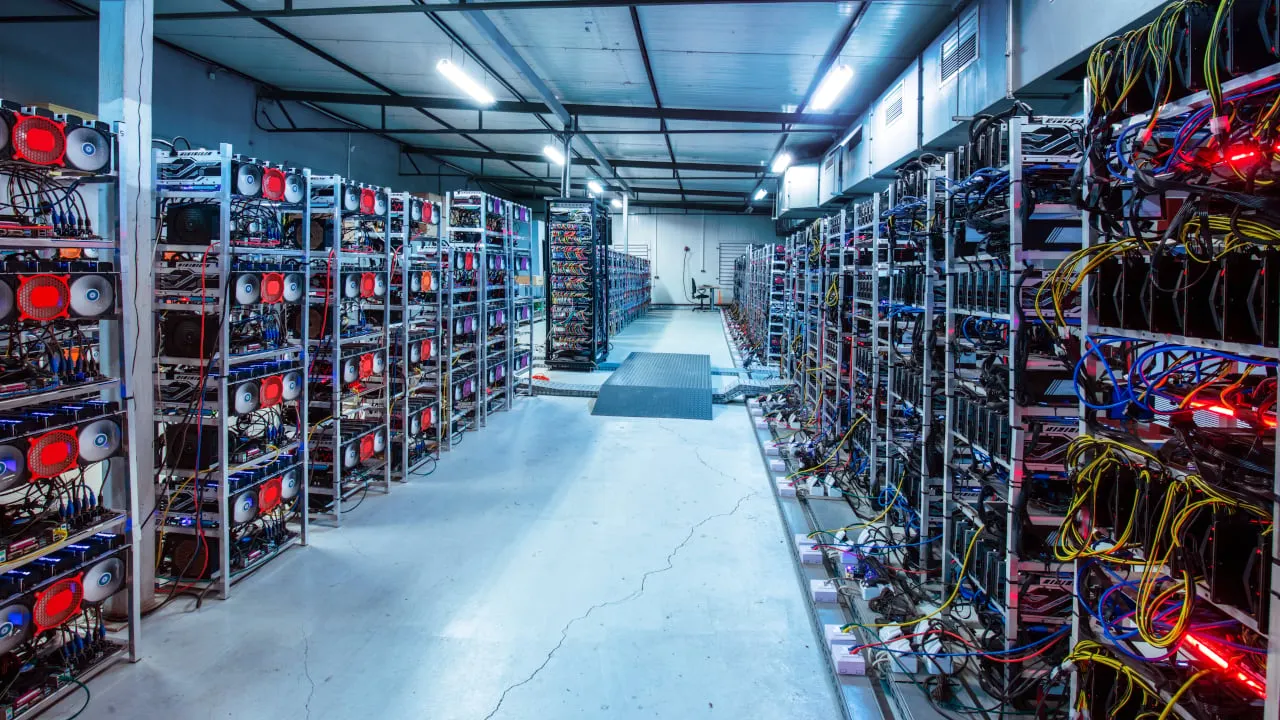Sustainability-focused Bitcoin miner CleanSpark has agreed to purchase two ready-to-use mining facilities for $9.3 million in Dalton, Georgia, continuing a trend of weighty investments into the mining industry this year.
The deal, scheduled to close later this week, is expected to add nearly 1 exahash per second of mining capacity to CleanSpark’s fleet. One exahash is equal to 1 quintillion hashes.
Mining rigs work by generating hashes—or guesses—as fast as they can to be the first to solve a complex math problem in order to create Bitcoin’s next block. A higher hashrate means better odds of winning the Bitcoin (BTC) rewards attached to the network’s next block, meaning greater profits for the firm.
“This acquisition ensures that we have more than enough infrastructure to reach our year-end target of 16 EH/s,” said Zach Bradford, CEO of CleanSpark, in a press release. “It also continues to position us as one of the most power-efficient miners on an energy-per-hash rate basis.”
The new facilities will consist of 6,000 Antminer S19 XPs and S19J Pro+ mining rigs ordered by CleanSpark earlier this year. The former machine boasts a power efficiency of 21.5 joules per terahash (J/TH), making it among the most efficient machines available according to Hashrate Index.
For Bitcoin miners, keeping their business profitable is very much about increasing hashrate and keeping facility costs, like energy and maintenance, down. To that end, CleanSpark has already spent more than $200 million buying new rigs this year.
Back in February, CleanSpark bought 20,000 S19J Pro+s machines for $13.15 per terahash ($/TH)—a total of $43.6 million. It later purchased 45,000 S19 XPs in April for $23/TH, or roughly $144 million, after which it used some of its existing machines to collateralize a loan to buy even more equipment.
In June, the company acquired another fleet of 12,500 S19 XPs for $23/TH ($40.5 million), of which 6,000 are scheduled to arrive this month.
CleanSpark CFO Gary A. Vecchiarelli said the company’s latest acquisition has already been paid for by existing cash reserves and is expected to almost immediately start generating revenue.
“We continue to make use of opportunities created by current market conditions to prepare for next year’s bitcoin halving,” he added.
The Bitcoin halving is a scheduled 50% reduction in Bitcoin’s issuance rate that occurs roughly once every four years. The next halving is expected to occur in April 2024, reducing the number of Bitcoin per block from 6.25 to 3.125.
Bitcoin halvings have historically been followed by bull markets that take the asset’s price to new highs the following year. Indeed, many other mining firms including Iris Energy and Blockstream appear to be investing in mining in preparation for the event.

